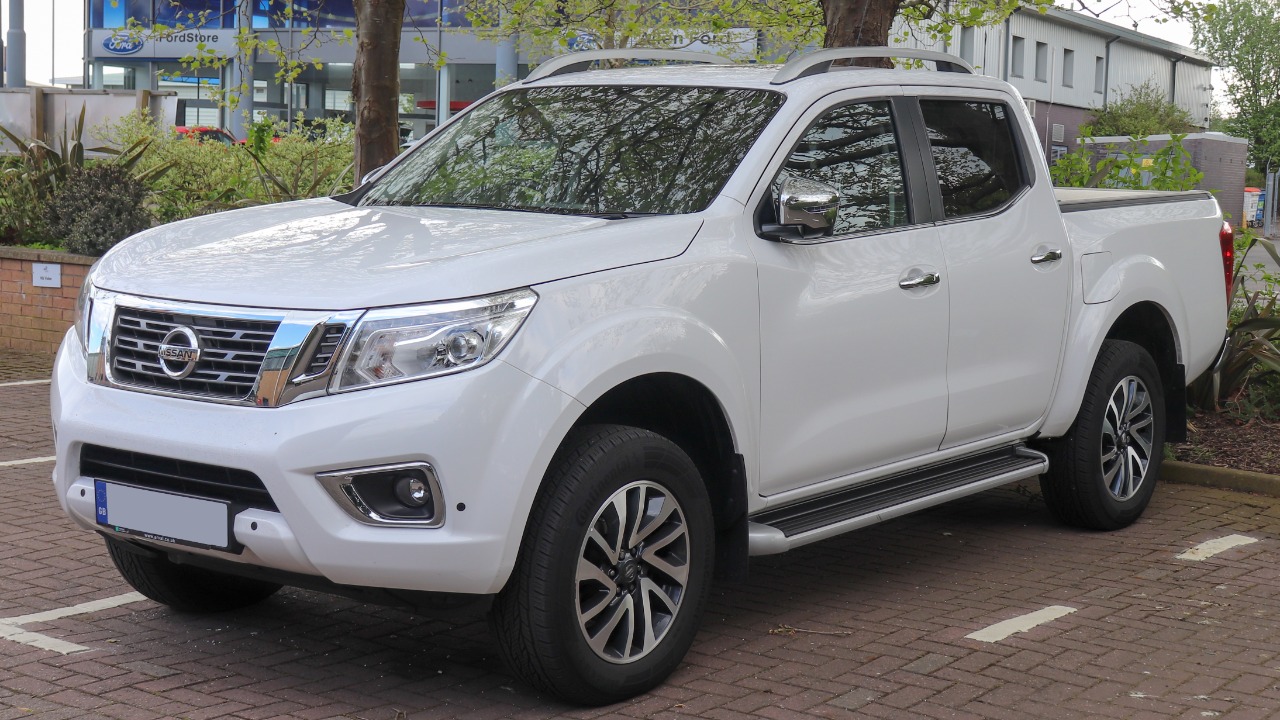
In the automotive world, sharing parts among different vehicles is a common practice that often goes unnoticed. This collaboration can lead to cost savings and improved design efficiencies. While some trucks may appear distinct, they often have more in common than meets the eye. Let’s explore six pickup trucks that secretly share parts with their rivals.
1: Ford Ranger and Mazda BT-50
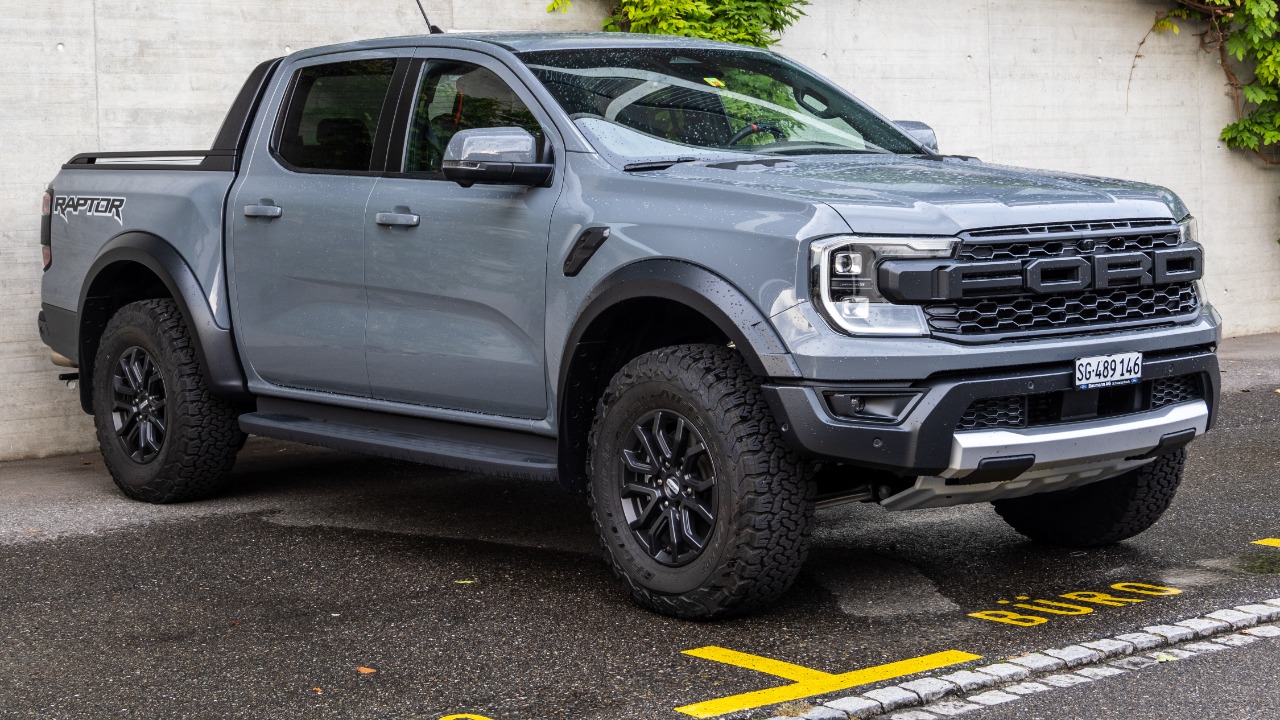
The Ford Ranger and Mazda BT-50 are prime examples of collaboration between automotive giants. Both trucks have been developed on a shared platform since Ford and Mazda began their partnership. The Ranger’s robust chassis, known for its off-road capabilities, is the same foundation that the BT-50 is built upon, providing similar durability and performance.
Despite sharing components, the two trucks are styled differently to appeal to varying markets. The Ranger tends to have a more rugged appearance, while the BT-50 often features a sleeker design. This strategic differentiation allows each brand to target distinct customer bases while benefiting from shared engineering.
2: Nissan Frontier and Renault Alaskan
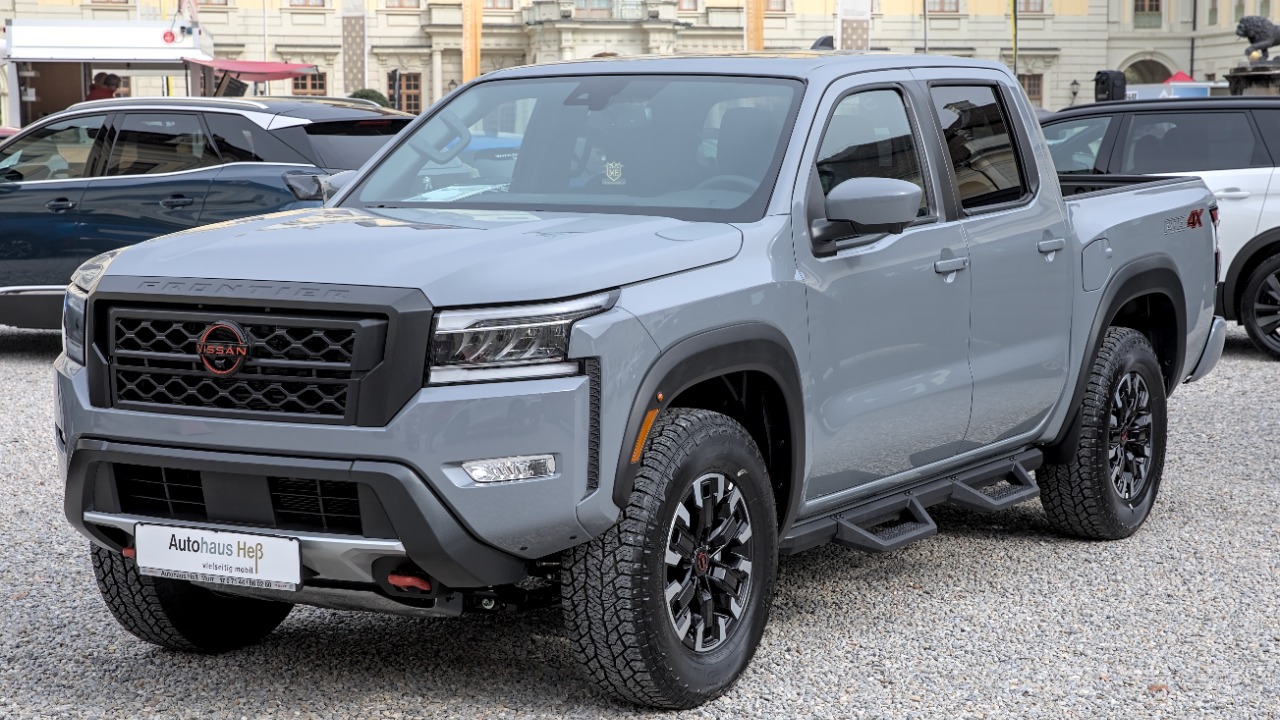
The Nissan Frontier and Renault Alaskan might not be the first vehicles to come to mind when thinking of a shared platform, yet they have much in common. Both trucks are built on a shared architecture, allowing for cost-effective production and a consistent level of performance across models.
This collaboration is part of the Renault-Nissan-Mitsubishi Alliance, which focuses on maximizing efficiency through shared resources. The Frontier is well-known for its reliability, a trait that the Alaskan also enjoys thanks to their shared engineering.
3: Chevrolet Colorado and GMC Canyon
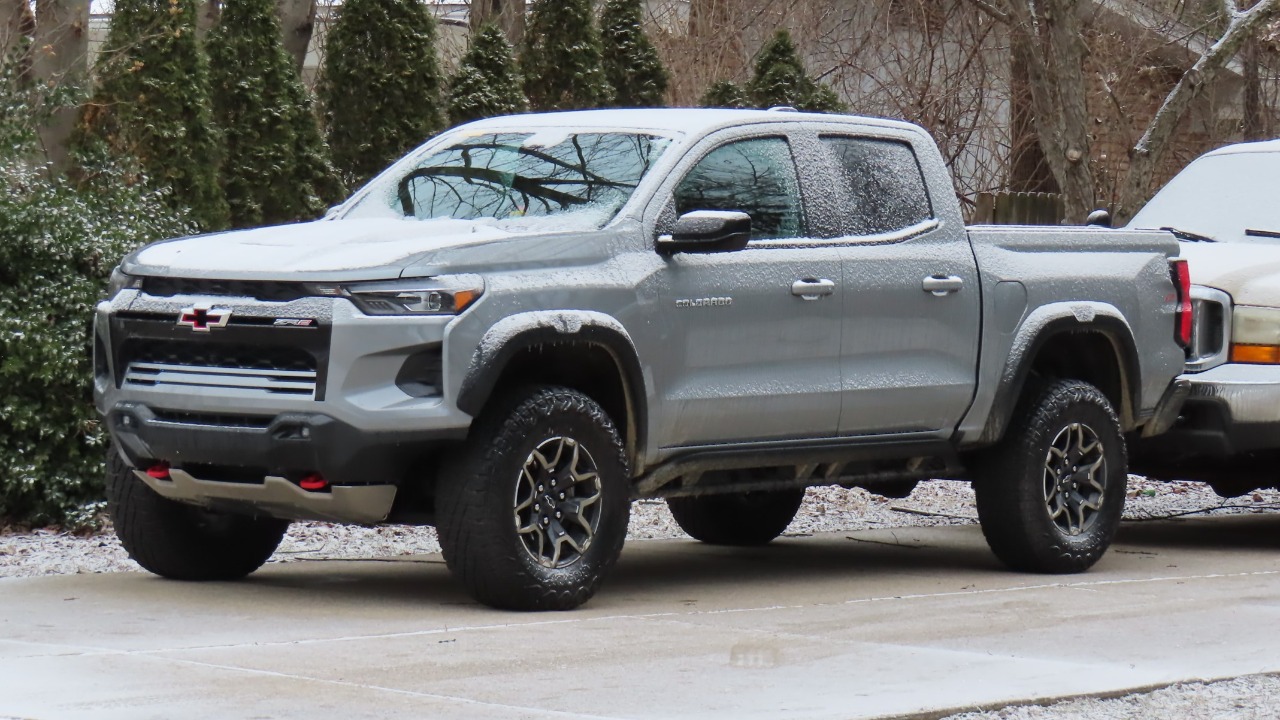
When it comes to American pickups, the Chevrolet Colorado and GMC Canyon are essentially siblings. Both trucks are produced by General Motors and share many components, including engines, transmissions, and chassis. These shared parts ensure that both trucks offer similar performance and reliability.
Despite their similarities, they are marketed to different audiences. The Colorado often targets buyers looking for a more rugged option, while the Canyon is pitched as a more refined and upscale alternative. This strategy allows GM to capture a broad spectrum of the truck market.
4: Toyota Tacoma and Toyota Hilux
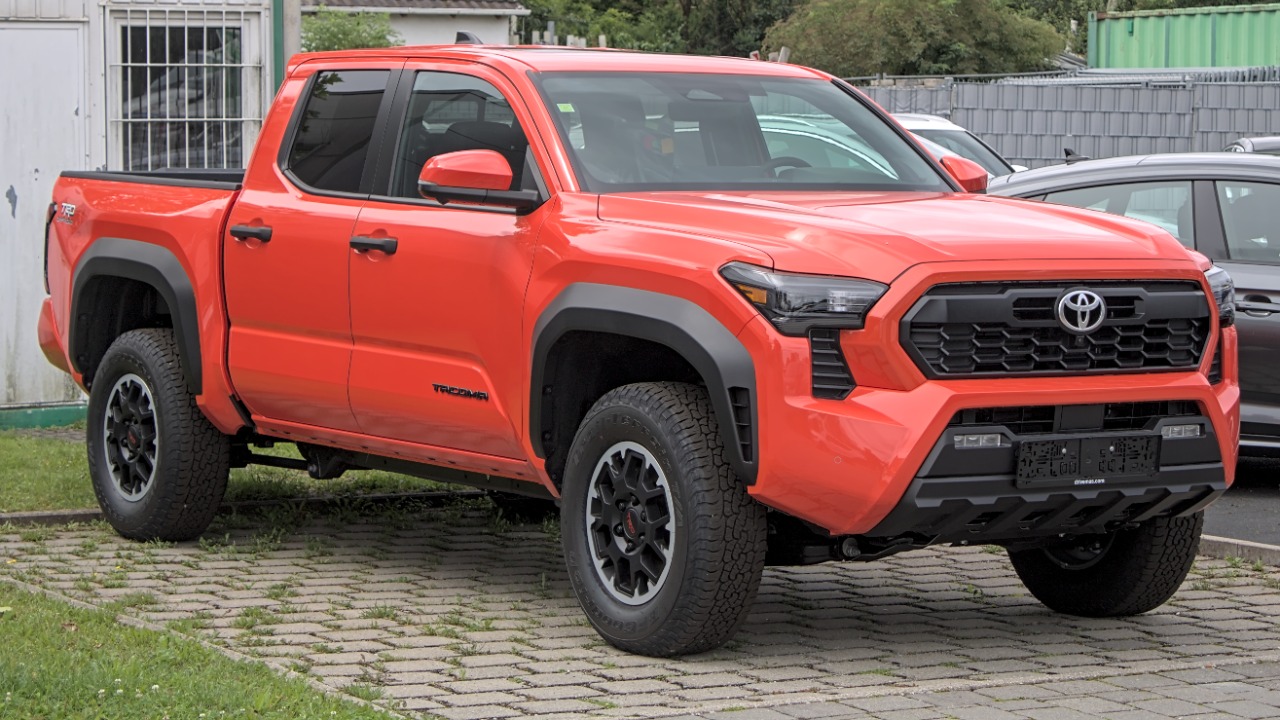
The Toyota Tacoma and Toyota Hilux are two of the most popular pickups worldwide, each serving different regions. Both trucks share a significant amount of engineering, including their platform and powertrain options. This commonality ensures consistent quality and performance across both models.
While the Hilux is often associated with its legendary durability in international markets, the Tacoma is a favorite in the United States for its off-road prowess. The shared components between these models highlight Toyota’s ability to adapt a successful formula to meet diverse market needs.
5: Jeep Gladiator and Ram 1500
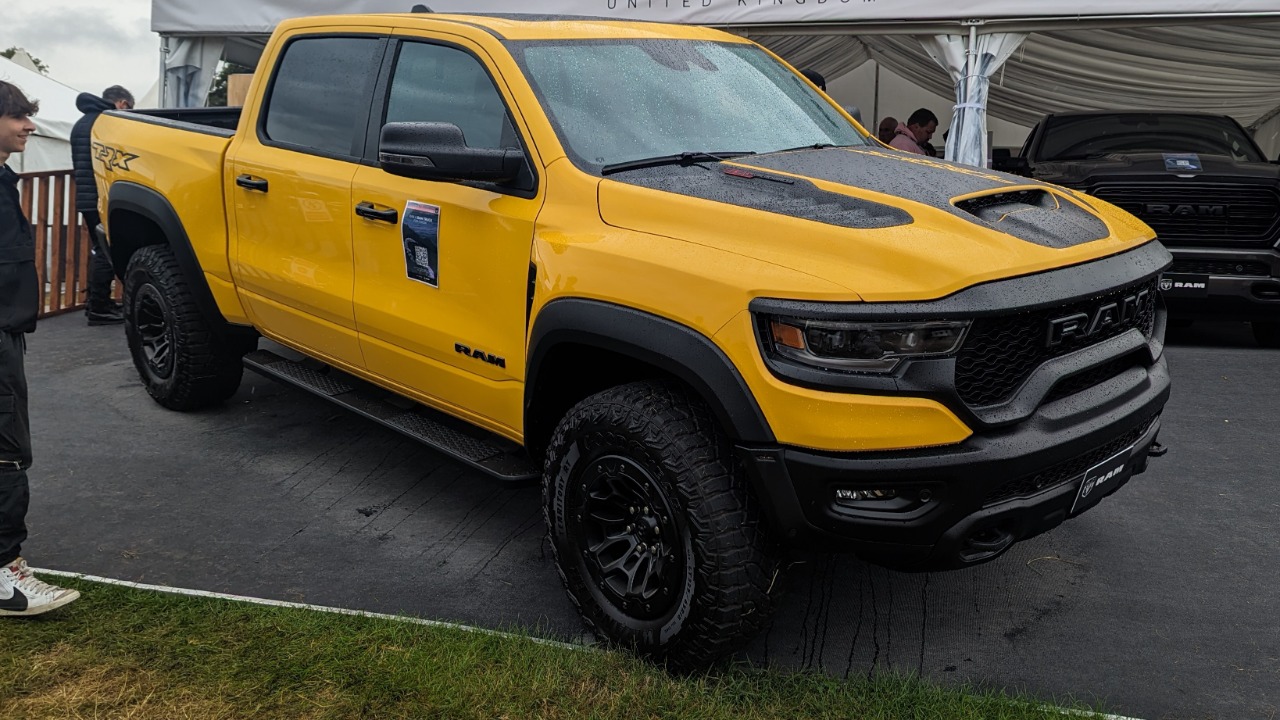
The Jeep Gladiator and Ram 1500 might seem like unlikely siblings, but they do share several underlying components. The Gladiator, known for its off-road capabilities, borrows its suspension system from the Ram 1500, providing the strength necessary for rugged terrains.
This shared engineering is part of the strategy by Stellantis, the parent company of both brands, to streamline production and reduce costs. Despite their shared parts, each vehicle has a distinct personality, with the Gladiator focusing on adventure and the Ram 1500 emphasizing comfort and utility.
6: Honda Ridgeline and Honda Pilot
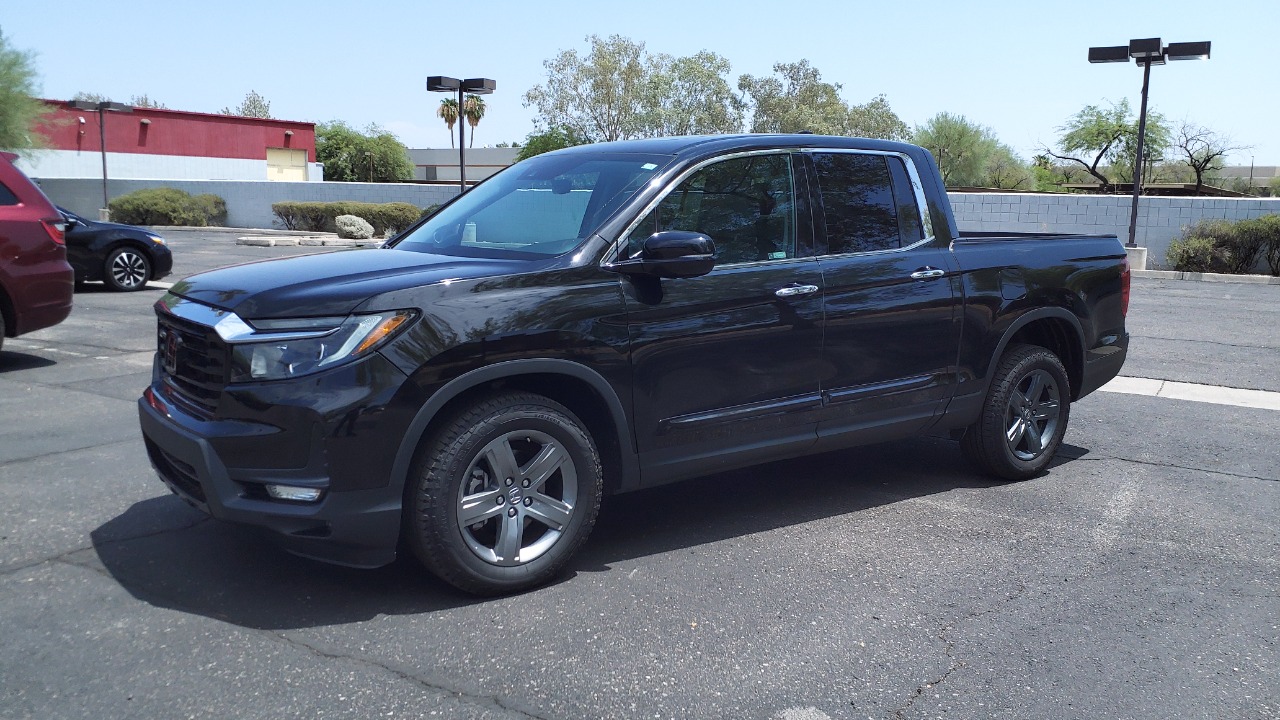
The Honda Ridgeline and Honda Pilot share more than just a brand name; they are built on the same unibody platform. This crossover SUV architecture provides the Ridgeline with a smoother ride compared to traditional body-on-frame trucks, while still offering ample utility.
Both vehicles utilize the same engine and transmission, ensuring a reliable performance that Honda is known for. The Ridgeline’s unique design, which includes a dual-action tailgate and in-bed trunk, sets it apart in the pickup segment. These shared components demonstrate Honda’s innovative approach to maximizing utility and comfort in both vehicles.